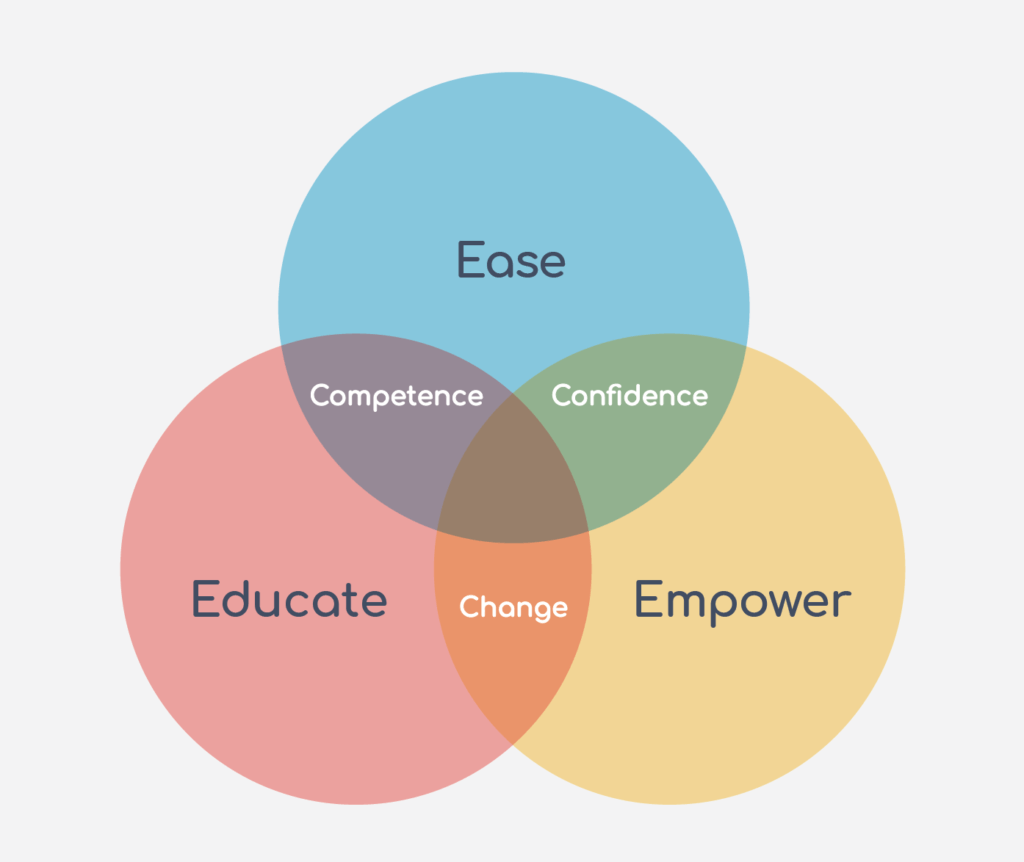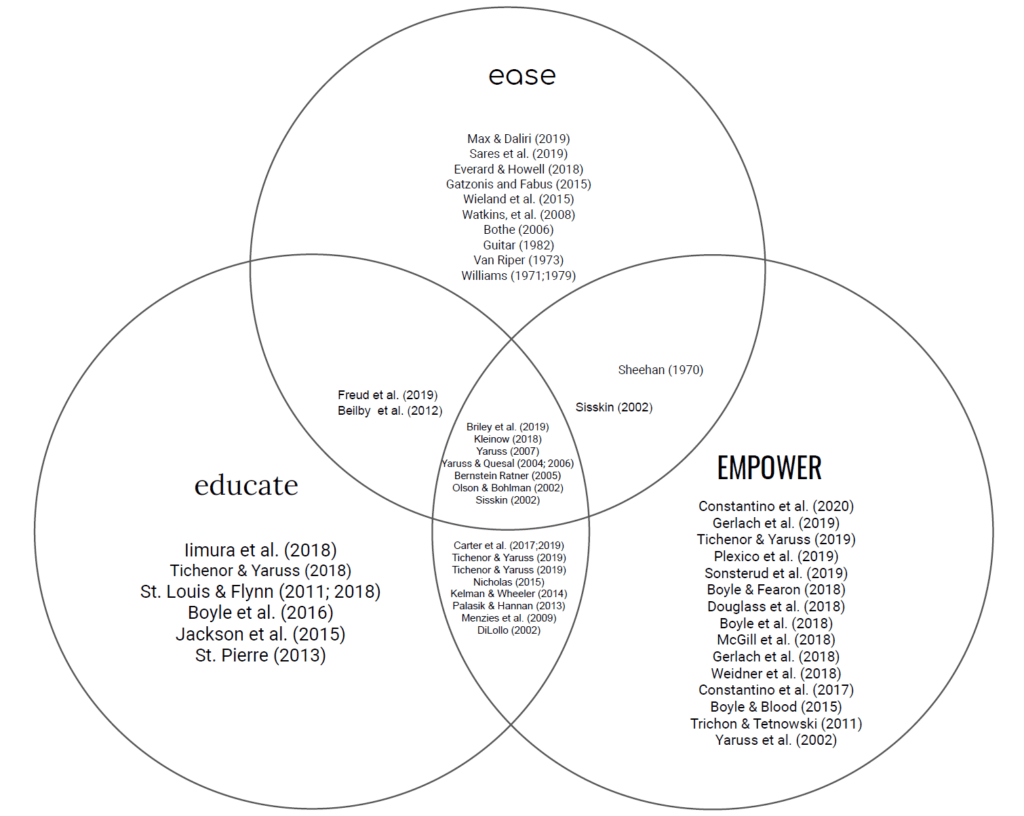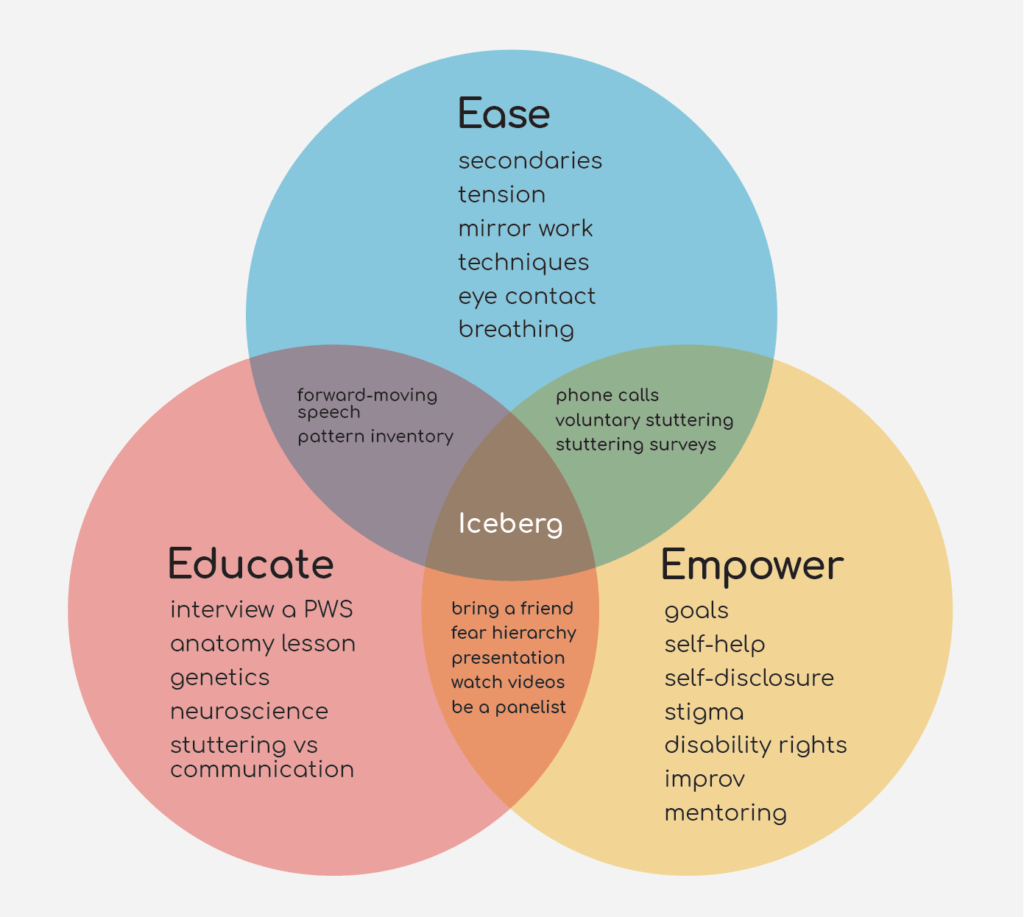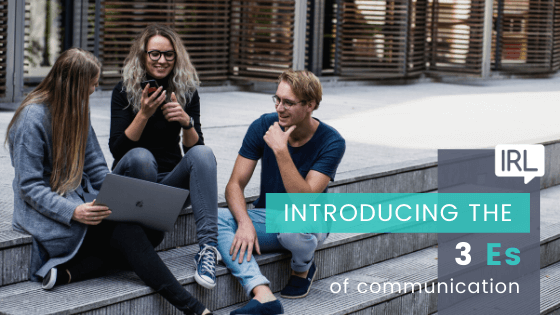“Our approach is: you have a person in front of you, you listen to them, and you do whatever you can to help them.”
Uri Schneider, Schneider Speech
“What’s your approach to X” is a question we clinical practitioners and consultants hear all the time. Ours is a field of anagrams and certifications and protocols and curricula, each with their own tidily named concepts.
Our standard answer to that question has always been, “We don’t have an approach.” My friend Uri expresses this same stance more elegantly: “Our approach is: you have a person in front of you, you listen to them, and you do whatever you can to help them.” In a world of four-letter programs and five-step methodologies, we’ve always felt that individual needs should be the starting point, and we use everything in our knowledge and skillset to meet those needs.
This is a lovely philosophy, and it works well in our boutique context with a group of experienced clinicians. As we’ve expanded our clinical teaching and training programs, though, we’ve realized that values-based philosophy can be out of reach for many apprentice clinicians, or even experienced clinicians working outside of their specialty comfort zone.
“How did you know to do that activity, right there, with that client? I didn’t even know you could do that with a client! It’s really okay to just talk for a session?” These are statements we often hear from our graduate student interns. They reflect a general view of communication therapy that is defined, linear, and prescriptive. That’s how we’re taught in school. But in real life, communication is the total opposite: it is nuanced, dynamic, and contextual. And deeply, deeply personal.
How do you capture that in a formula, though? How do you manualize the process of creating communication change in a way that is truly scientifically valid and artistically variant?
Well...we’ve been busy.
Introducing the Three Es of Communication
The 3Es is a therapy planning tool we are developing for clinicians, therapists, and our clients. It is designed as a supramodel, meaning that every single therapy approach fits within the 3Es. The model can be used to understand different approaches and how they relate and compare to one another.
The purpose of this model is to help clinicians and their clients identify values and outcome-based aspects of the communication experience, the IRL stuff. This is meant to bridge the gap between a teenager who says “I want to be able to talk with my friends” and the SLP who writes “Student will produce 10-12 word sentences in structured conversation with 80% accuracy,” to use a real-life example.
The primary application of the 3Es tool is treatment planning. Once values-based treatment goals are established, the tool directs clinicians to a specific set of evidence-based therapy activities. It does not go so far as to specify which activity to do in which session—that’s an individual choice for the clinician and client to make. The purpose is to provide an accessible, robust, and structured “menu” of activities that can be flexibly combined throughout the course of treatment.
Explanation of the Model
We have identified three key components of IRL communication therapy: education, ease, and empowerment.

Education includes any activity where the client is learning about the science, psychology, or sociology of communication. This could include high-level concepts like code switching or the approach-avoidance hypothesis, or technical knowledge like vocal anatomy and the rationale behind techniques.
Ease includes any activity that focuses on skill or proficiency. Anything that requires “practice” typically falls in this category. This includes common interventions like working on rate of speech, voice or fluency techniques, or anything relating to reducing struggle.
Empowerment includes activities that focus on the nexus between the individual person and the world that they live in. Communication exists only in context, and a challenging or unsupportive environment can derail even the most effective speakers. Empowerment activities include everything from role-play to self-disclosure to taking on a new challenge, like a presentation or blind date.
The Es are the values-based themes of communication therapy. The Es overlap in unique ways to create communication outcomes, or in another word, goals. These outcomes are the 3Cs.
Competency (ease x education) occurs when you know what you are doing and why you are doing it; you are proficient enough to produce the desired result consistently.
Confidence (ease x empowerment) occurs when you can consistently execute a skill and are able to adapt to environmental challenges. You might not be perfect, but you’re able to get up and continue on if you’ve been knocked down.
Change (education x empowerment) occurs when you have the knowledge and courage to forge your own path forward. You’re able to see a goal or challenge you want to overcome, and are able to make your own plan and keep yourself moving forward.
Using the 3Es in Therapy
One of our current 3Es works-in-progress is building out the activity selection tool. We are currently working on the 3Es for stuttering therapy specifically. As of this post, we have cataloged over fifty common and not-so-common stuttering interventions and categorized them into one of the 3Es or 3Cs. All of these activities are directly or indirectly evidence-based, with particular emphasis on research from the past ten years that highlights psychosocial and sociological aspects of stuttering.

There’s a LOT more to say about the research and theory-to-practice rationale behind the 3Es...but that is a topic for another post!
In Development: The 3Es of Stuttering Therapy
We are currently working on three specific resources to help non-specialist clinicians use the 3Es model in stuttering therapy.
The 3Es of Stuttering Starter Module
This is a very detailed, manualized “mini course” that clinicians complete with clients at the beginning of therapy. It consists of three lessons that take the client and SLP on a journey through the ABCs of the stuttering iceberg, together. The fourth session is a collaborative treatment planning and goal setting session using the 3Es.
Our inspiration for this is that most clients, both children and adults, really don’t know the possibilities that exist in speech therapy. They often have a very limited understanding of stuttering itself. Asking a client to state their goals in the first session, when they’re brand new to therapy and have very little knowledge about what they’re going through, is a rather disingenuous exercise.
The purpose of the Starter Module is to give both the client and the clinician a shared knowledge base, using a mini-curriculum to ensure all key concepts are covered. After learning this information together, a truly collaborative goal plan can be established, with emphasis on the client’s ability to skillfully contribute. This emphasizes the client values angle of the EBP triangle and facilitates the therapeutic alliance that is the primary contributing factor to successful therapy outcomes.
The 3Es of Stuttering Menu (Activity Selection Tool)
This is a comprehensive list of as-many-as-we-can-possibly-catalog activities that can be done in stuttering therapy: everything from mirror work to stuttering surveys to watching YouTube videos (specific links included!) Each activity will be categorized into either an E or a C so that clinicians can quickly figure out what an appropriate activity would be for a specific session with a specific client.

The 3Es of Stuttering Annotated Cookbook
Some of my favorite stuttering specialists say often “There is no cookbook for stuttering therapy.” While I agree with this statement, this demands that all SLPs be Masterchefs at stuttering therapy, which is just not possible. (As someone who is rather hapless in the kitchen, cookbooks are really, really important!)
The Annotated Cookbook is the reference guide for the menu. It explains the 3Es and 3Cs in-depth, with detailed examples of specific activities and how the activity connects to the E and/or C value. Our goal is to use the simple 3Es framework to expose non-specialist clinicians to the wide variety of stuttering treatments that exist, but in a structured, digestible way that allows them to apply it confidently and competently.
We’re hoping to have a first draft of all these resources published by the summer. In the meantime, we’re also presenting the 3Es at various virtual conferences, which includes explaining the model and walking participants through the tools using case studies. Our plan is to create a training experience for clinicians who want a holistic clinical skill-up experience that can be paired with the therapy resources.
Community-Based Development
We’re choosing to share this work now because, in keeping with the values of the 3Es, we want the development of this model and its corresponding toolkit to be truly community-based. We first presented this at last year’s National Stuttering Association conference and received excellent feedback and encouragement. We want to intentionally share our half-baked work-in-progress ideas so that clients and clinicians alike can comment on what makes sense, what’s confusing, and what’s needed.
For right now, we are still discovering the “spirit” of the 3Es ourselves and want to know how these ideas resonate with others. If you would like to add your voice to this project, we are seeking comments and stories on specific aspects, which you can share with us by filling out our survey form. Our hope is that the finished product represents the ideas and experiences of the many diverse communicators we know—the real experts.

